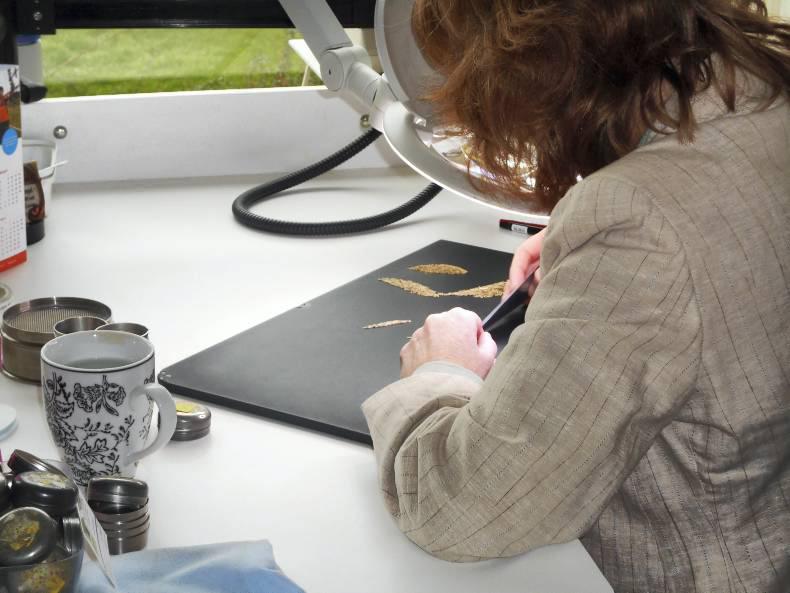To develop a new grass variety takes years. Vigorous testing and breeding protocols are taken to ensure only the very best grass seed is produced for use on farms. For a grass seed to make the standard of the Irish recommended list it has to go through the following process.
Year 1-3: The first stage is to decide what traits are wanted in a grass plant. When this is established, two novel plants are brought together and crossed. This is done naturally. A special plastic tent is used to keep out foreign pollen that could be carried in the wind and contaminate the breeding process.
Year 4: Visual ratings of the plants are made in the green house on production and disease resistance. Then open pollination of the top-performing 10% is carried out.
Year 5-7: Progeny Plots (such as that in Loughgall, Co Armagh) look at yield, persistency, disease, herbage quality. Trials are also carried out in France and the Netherlands for visual ratings of disease and winter hardiness. This is in order to select parent plants.
Year 8: The top 5-10 parents are crossed to create the potential new variety.
Year 9-11: The highest-yielding, best-quality and most disease-resistant varieties are evaluated in the UK variety trials: Loughgall, Evesham and Aberdeen. While the most disease resistant varieties are evaluated in Continental Trials: France, Germany, Netherlands, Denmark and Spain.
Year 12: The very best varieties are chosen and multiplied to make pre-basic seed.
Year 13-15: These best varieties are then sent to official trials in Northern Ireland, Republic of Ireland, Britain and the Netherlands.
Year 16: Once the seed passes all the trials it is given official registration and can be used for commercial farms in seed mixes or standalone varieties. Only the very best varieties are added to the Irish recommended list. From the starting point 15 years previously, only about 1% of the breeding material makes it to the market. Hence the high cost of breeding a new variety, estimated to be over €500,000. Always check that grass seed varieties are included on the Irish recommended list before making an investment because these seeds have passed trials on Irish soil and weather conditions.
Thanks to AFBI in Northern Ireland and the royal Barenburg group for their assistance in the making of this timeline.






 This is a subscriber-only article
This is a subscriber-only article















SHARING OPTIONS: